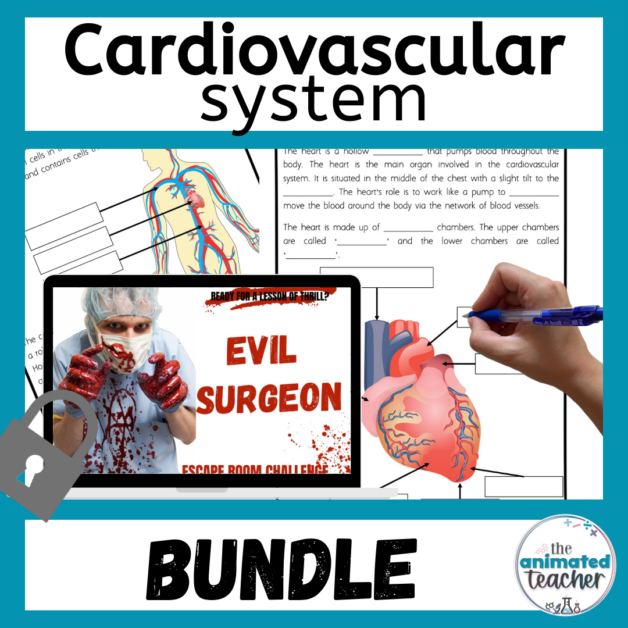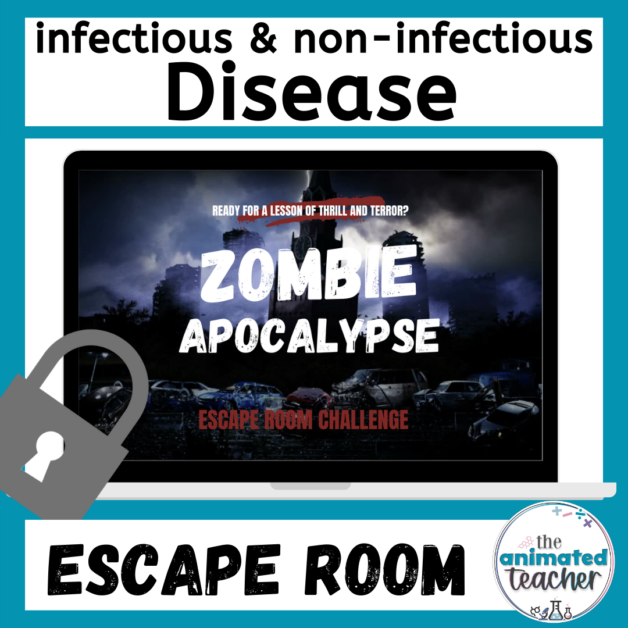
3 Ways to build student collaboration through teacher questioning
3 Ways to build student collaboration through teacher questioning
Teacher questioning can take on many roles and many forms in the classroom. Using teacher questioning to build student collaboration is a highly valuable skill to learn.
This blog post, written by the highly experienced Rachel Peach, will share three immediately usable strategies that you can use in the classroom to build student collaboration using teacher questioning.

Disclaimer: This blog post, ‘3 ways to build student collaboration through teacher questioning’, may contain affiliate links. This means I may receive a small commission on qualifying purchases. This is of no extra cost to you and it helps me to continue writing awesome content for you! Read full disclaimer here. common teacher fearsNew Science Teacher Advice
Benefits of student collaboration in the classroom
Apart from the fact that many of our syllabi require that we teach the skill of effective student collaboration, there are so many benefits for students if this is promoted regularly in a classroom setting.
Some of these benefits include:
- Building communication skills
- Learning to navigate various personalities
- Improving peer relationships and respect
- Increased retention of knowledge
- Promoting critical thinking, problem solving and patience
- Learn how to take on different roles in a group
- Develops leadership skills
Knowing this, how can we build student skills in collaboration? How can we do this quickly and effectively in the classroom?
The art of using teacher questioning to build student collaboration skills is a worthwhile strategy to use as it is easily embedded into a normal lesson.
3 ways to build student collaboration using teacher questioning
Teacher questioning is the classic ‘go to’ activity to get lessons started and involves asking students questions to check for understanding. Teachers use questioning at this point in the lesson to remind the class of the learning done so far and they use the data from the responses to set the pace and depth of the rest of the lesson.
Tweaking the normal questioning routine with a few simple additions also promotes the development of student collaboration learning attributes.
1. Question – pair share – response
How to conduct a pair share response:
- Ask your question
- Allow 30 seconds for students to pair share
- Elicit responses
Every student is involved in the thinking time and engages with the question. In this dynamic, students are using their strengths to share ideas and actively participate in learning from others.
After 30 seconds most students will feel confident to respond in front of the class as the risks of getting it wrong have been reduced.
2. Mini whiteboard hovering
How to use mini whiteboard hovering:
- Ask your question
- Students respond by writing their response on mini whiteboards
- Student hover the mini whiteboards with writing side down in front of them
- After everyone has written a response and has their whiteboard hovering, students reveal responses by flipping their whiteboard up.
Every student is engaged with thinking about the question and has to commit to a response.
They practise the learning habit sharing their knowledge in a group setting and taking risks.
The teacher collects data from the whole class to inform groupings for the rest of the lesson and to highlight where learning interventions might be needed.
This technique also allows students to notice that we all need time to think and retrieve information before responding.
3. Brain Book Buddy
How to use the ‘brain book buddy’ strategy:
- Ask a more complex question
- Give students 2 minutes of silence to retrieve information from their brain
- Then allow 2 minutes of silence to use information from their book
- Then allow 2 minutes of buddy time to discuss the best response
- Elicit responses from several different groups
Having given students time to think about the problem and then boost the quality of the response with their own notes, students are encouraged to co-construct the best response by working as a team.
In the discussion of the best response, students will bring their ideas and simultaneously support others whose responses lacked clarity or depth.
Conclusion
Each of these strategies are so easily embedded into any lesson with little to no preparation required. Using these strategies will enrich your students’ learning experience and help to build student collaboration.
Make sure you join my email list for top tips, free resources and classroom ideas.
common teacher fears
New Science Teacher Advice
This blog post is guest written by a highly regarded colleague of mine, Rachel Peach. Rachel has been an overly-enthusiastic Science teacher for more than 25 years and has taught in London, Amsterdam and Sydney. Her passion for Biology started as a child exploring her grandparents’ farm and beach-combing with her family.
Now she specialises in facilitating differentiated, engaging and authentic learning programs for all students. Rachel is an expert mentor with the Modern Classroom Project and is the Assistant Learning Leader in the Science Faculty of a K-12 Independent school in Sydney. When she is not thinking and talking about pedagogy, you can find Rachel walking with her dog and daughters in the Australian bush.







